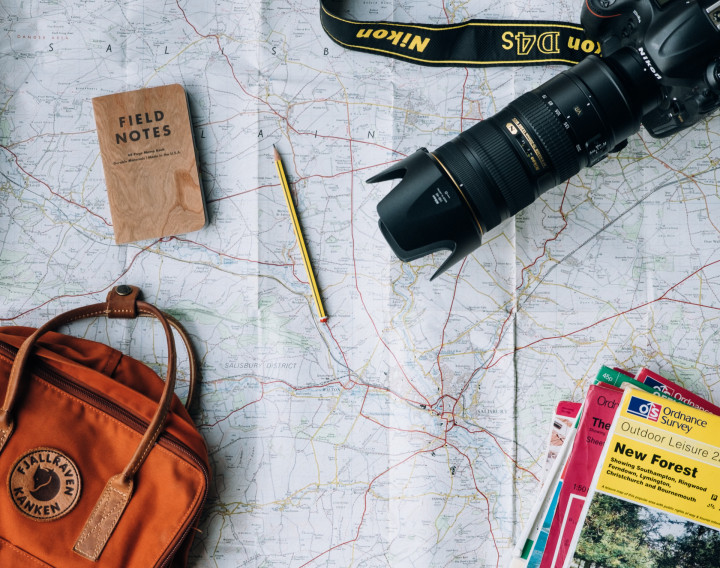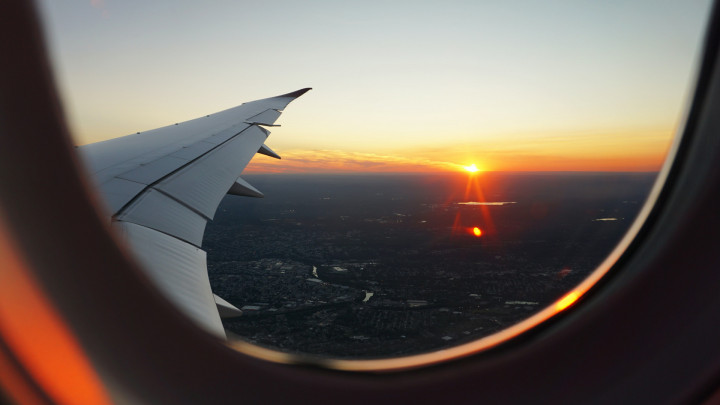Road safety is a critical aspect of travel that everyone should prioritize. Whether you're driving, cycling, walking, or using any other mode of transportation, it's essential to take measures to stay safe on the road.
Here are some tips for road safety
- Always wear a seatbelt when driving or riding in a car, and ensure that children are correctly restrained in car seats or booster seats.
- Follow the speed limit and adjust your driving speed to suit the weather conditions, traffic, and road environment.
- Avoid distractions while driving, such as using your phone or eating.
- Obey traffic signs and signals, and be mindful of pedestrians, cyclists, and other road users.
- Maintain a safe following distance behind other vehicles, and always signal your intentions when turning or changing lanes.
- Keep your vehicle in good condition by regularly checking and maintaining the brakes, tires, lights, and other essential systems.
- Never drink and drive, and always designate a sober driver or use a ride-sharing service if you plan to drink.
- If you're a pedestrian or cyclist, be visible by wearing bright or reflective clothing and staying in well-lit areas.
By following these tips and taking road safety seriously, you can reduce your risk of accidents and injuries while traveling. Remember that everyone has a responsibility to stay safe on the road, so always be aware of your surroundings and act responsibly.

How to take precautions while travelling?
Travelling is an exciting and enriching experience, but it's essential to take precautions to ensure your safety and well-being while on the road. Here are some tips for taking precautions while travelling:
- Research your destination: Before you go, research your destination thoroughly to learn about local customs, laws, and potential safety concerns. This information can help you avoid dangerous areas or activities and stay safe.
- Secure your belongings: Keep your valuables, such as your passport, cash, and electronics, in a secure location like a hotel safe or a money belt. Also, be aware of pickpockets and other scams that target tourists.
- Stay connected: Make sure someone back home knows your itinerary and how to reach you in case of an emergency. Also, carry a charged mobile phone with you and keep important contacts programmed in case you need assistance.
- Use reputable services: When booking transportation, lodging, or tours, use reputable and well-reviewed companies. Also, be wary of unsolicited offers or services that seem too good to be true.
- Stay aware of your surroundings: Be mindful of your surroundings and pay attention to any warning signs or alerts about potential dangers. Also, avoid risky behavior like excessive drinking or traveling alone in unfamiliar areas, especially at night.
- Stay healthy: Take precautions to stay healthy, such as washing your hands frequently, staying hydrated, and getting enough sleep. Also, bring any necessary medications or vaccinations recommended for your destination.
By taking these precautions, you can help ensure a safe and enjoyable travel experience. Remember, it's always better to be safe than sorry, so take the time to prepare and plan for a successful trip.

How is DOT related to safarty?
The Department of Transportation (DOT) is a federal agency in the United States that is responsible for overseeing and regulating transportation policies and practices to ensure safety, security, and efficiency. Safety is a critical component of the DOT's mission, and the agency is involved in many initiatives to promote and improve transportation safety in the United States.
The DOT oversees various modes of transportation, including aviation, highways, railroads, transit, and pipelines, and it works closely with other agencies and stakeholders to develop safety regulations, standards, and best practices.
Some of the ways the DOT is related to safety include:
- Establishing safety standards: The DOT sets safety standards for various transportation modes to ensure that they are safe for passengers, workers, and the public. You can view website for trucking tax service and other services.
- Conducting safety research: The DOT conducts research to identify safety risks and develop new safety technologies and practices to reduce accidents and injuries.
- Enforcing safety regulations: The DOT enforces safety regulations and standards to ensure that transportation companies and operators comply with safety requirements.
- Providing safety education and training: The DOT provides education and training to transportation workers and the public to promote safe transportation practices.
- Investigating accidents: The DOT investigates transportation accidents to determine their causes and develop recommendations to prevent similar accidents in the future.
Through these and other initiatives, the DOT plays a critical role in promoting and improving transportation safety in the United States.

Safest way of transportation while travelling with your family
The safest way of transportation while travelling with family will depend on a variety of factors, such as your destination, budget, and personal preferences. Here are some options to consider:
- Driving: If you're travelling domestically, driving can be a safe and convenient option, particularly if you're travelling with children. It allows you to control your own schedule and make stops as needed. Make sure you have a well-maintained vehicle, and follow all traffic rules and safety precautions.
- Flying: Air travel is generally considered a safe mode of transportation, and it can be a good option if you're travelling long distances or internationally. Look for airlines with a good safety record and consider booking direct flights to minimize layovers and reduce the risk of delays or missed connections.
- Train: Train travel can be a safe and comfortable option for families, particularly if you're travelling within a region or country with a well-developed rail network. It allows you to avoid the stress of driving or navigating an unfamiliar city, and offers scenic views and the opportunity to meet other travellers.
- Bus: Bus travel can be a budget-friendly option for families, particularly if you're travelling domestically or regionally. Make sure to book with a reputable bus company with a good safety record, and consider choosing a bus with amenities like onboard bathrooms or Wi-Fi.
No matter what mode of transportation you choose, make sure to take appropriate safety precautions, such as wearing seatbelts, following all safety instructions, and keeping an eye on your belongings.
Save this one for later!
